Linda’s journey began in Eritrea, a country known for its harsh political repression and forced conscription. As a young woman, Linda faced the constant threat of being conscripted into the military, a fate she desperately wanted to avoid. Determined to escape, she made the difficult decision to leave her home country and seek a better life in Europe. Linda’s first step was to cross the border into Sudan, a journey fraught with danger and uncertainty. She traveled on foot, enduring harsh desert conditions and the constant fear of being caught by authorities. Despite these challenges, Linda remained determined to reach her destination. In Sudan, Linda encountered other migrants who shared their stories of hardship and resilience. She learned about the dangers of the journey ahead and the risks involved in crossing the Sahara Desert. Undeterred, she continued her journey, traveling through Libya and eventually reaching the coast. In Libya, Linda faced one of the most challenging parts of her journey. She was detained in a migrant camp, where she experienced abuse and exploitation at the hands of smugglers. The conditions in the camp were deplorable, and Linda struggled to maintain her hope and determination. Despite the hardships, she managed to escape and make her way to the Libyan coast, where she boarded a boat bound for Europe. The journey across the Mediterranean Sea was perilous, with overcrowded boats and treacherous conditions. Linda and the other migrants faced the constant threat of drowning, but their determination to reach Europe kept them going. After days at sea, they were rescued by a European coast guard and brought to Switzerland, where Linda sought asylum. In Switzerland, Linda was granted asylum and began to rebuild her life. She found work and started to integrate into the local community. Despite the challenges she faced, Linda remained resilient and determined to create a better future for herself. Her story is a testament to the strength and courage of migrants who risk everything in search of safety and a better life.
- Opening Time : 8:30 AM - 9:30 PM

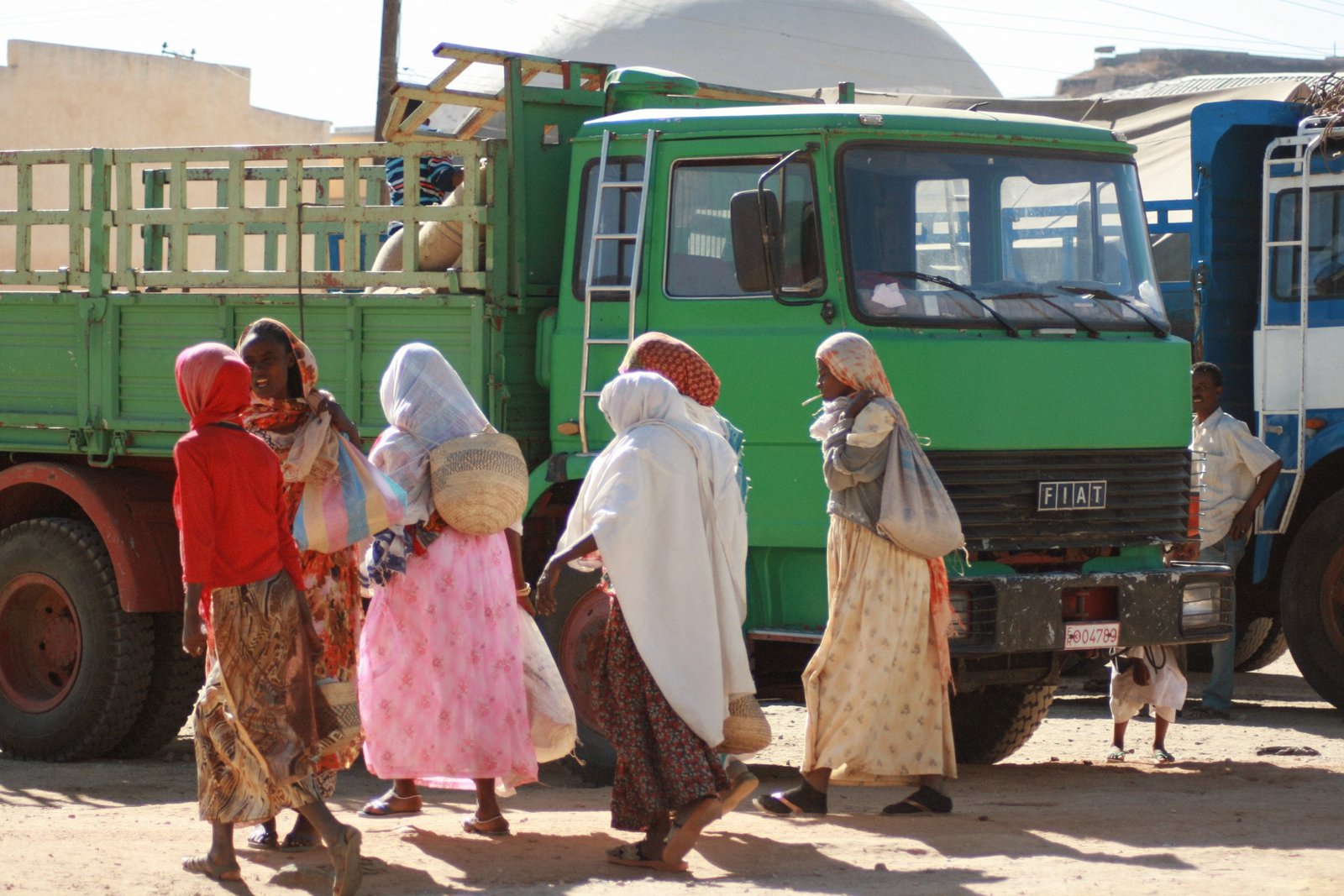

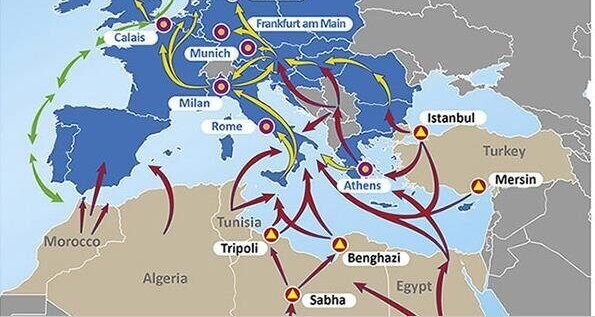
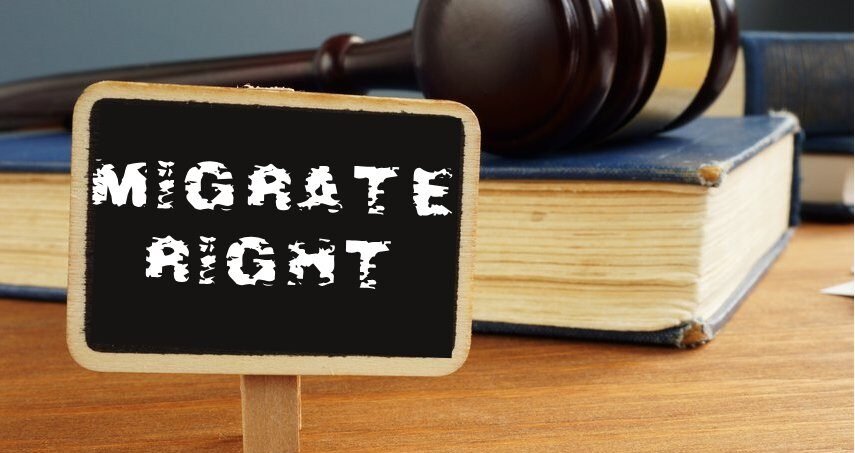



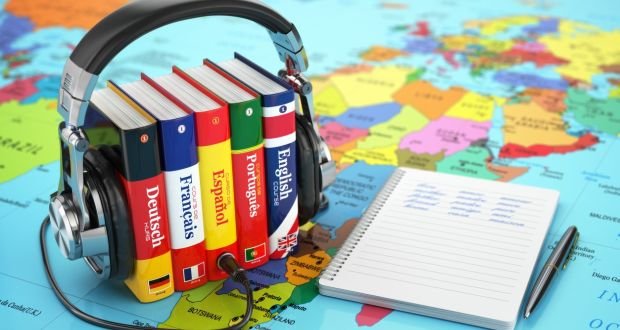
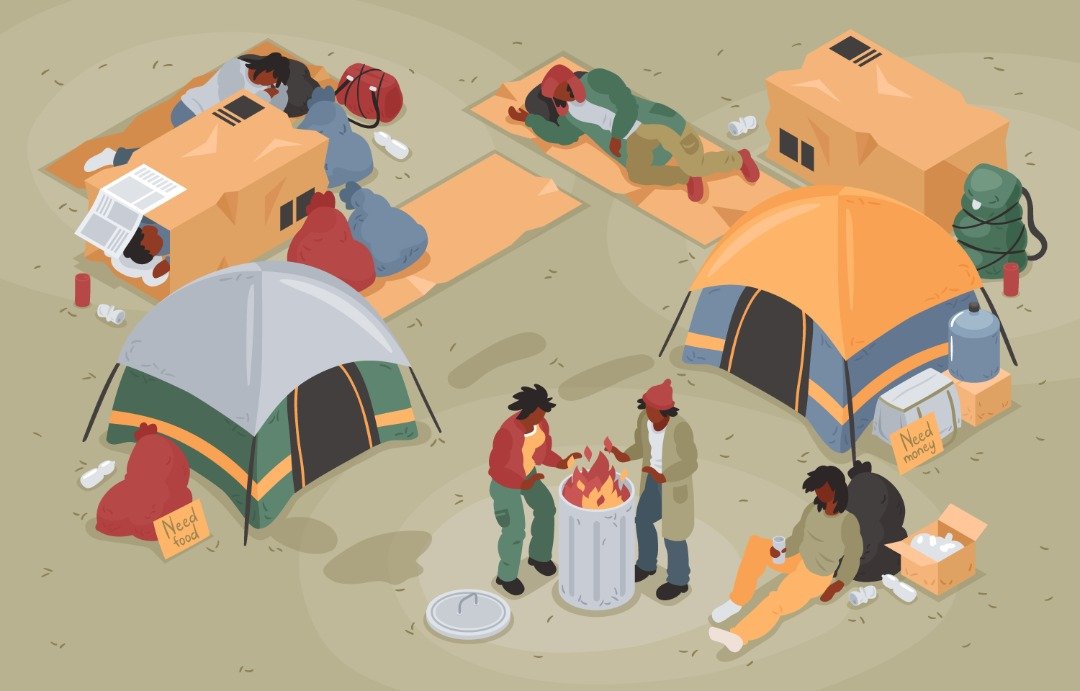
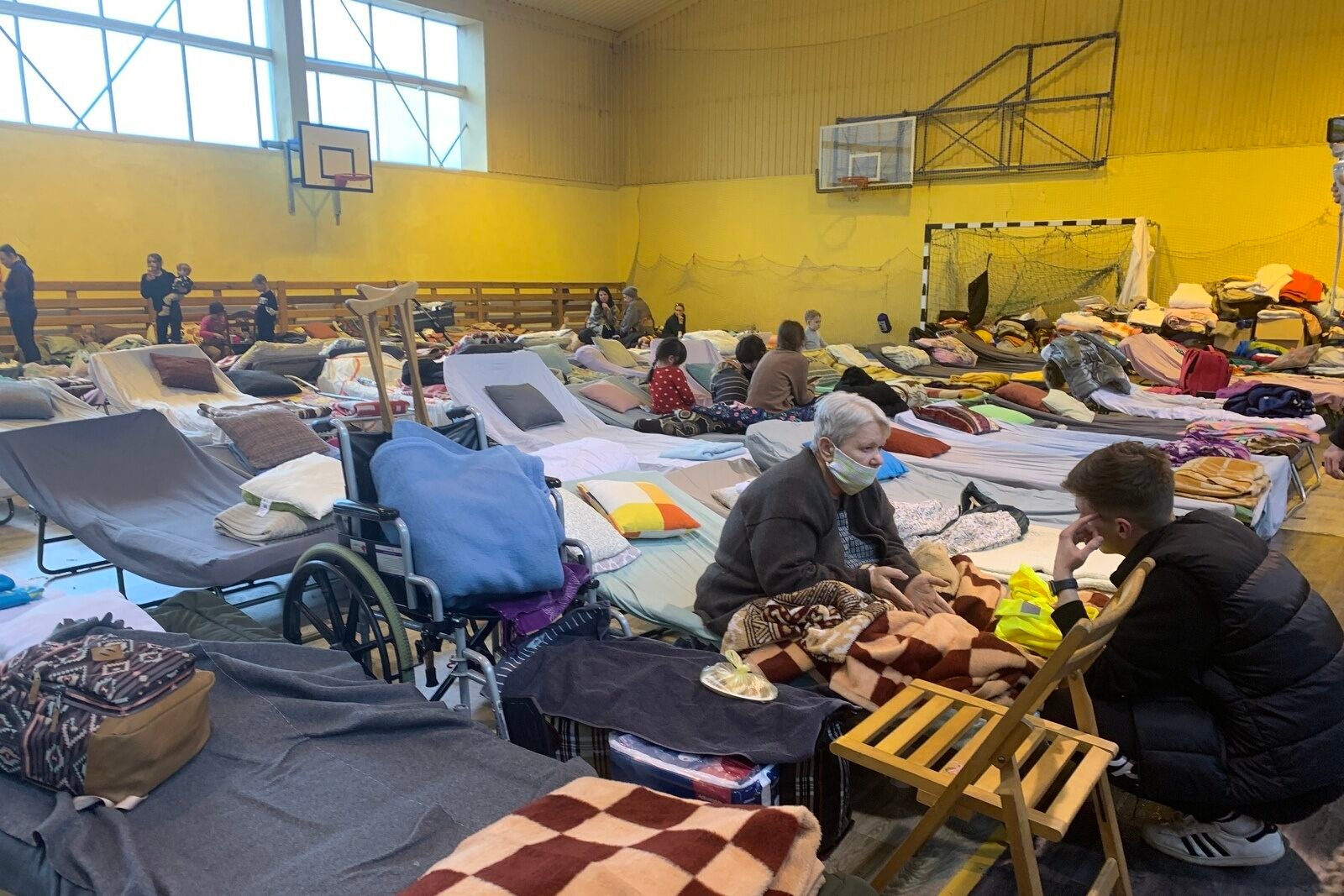
New Comments